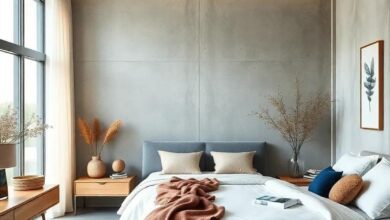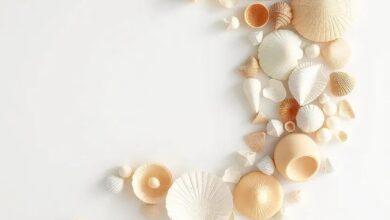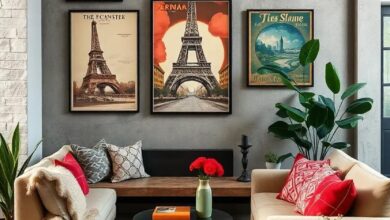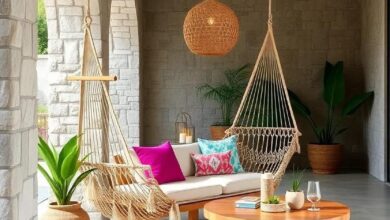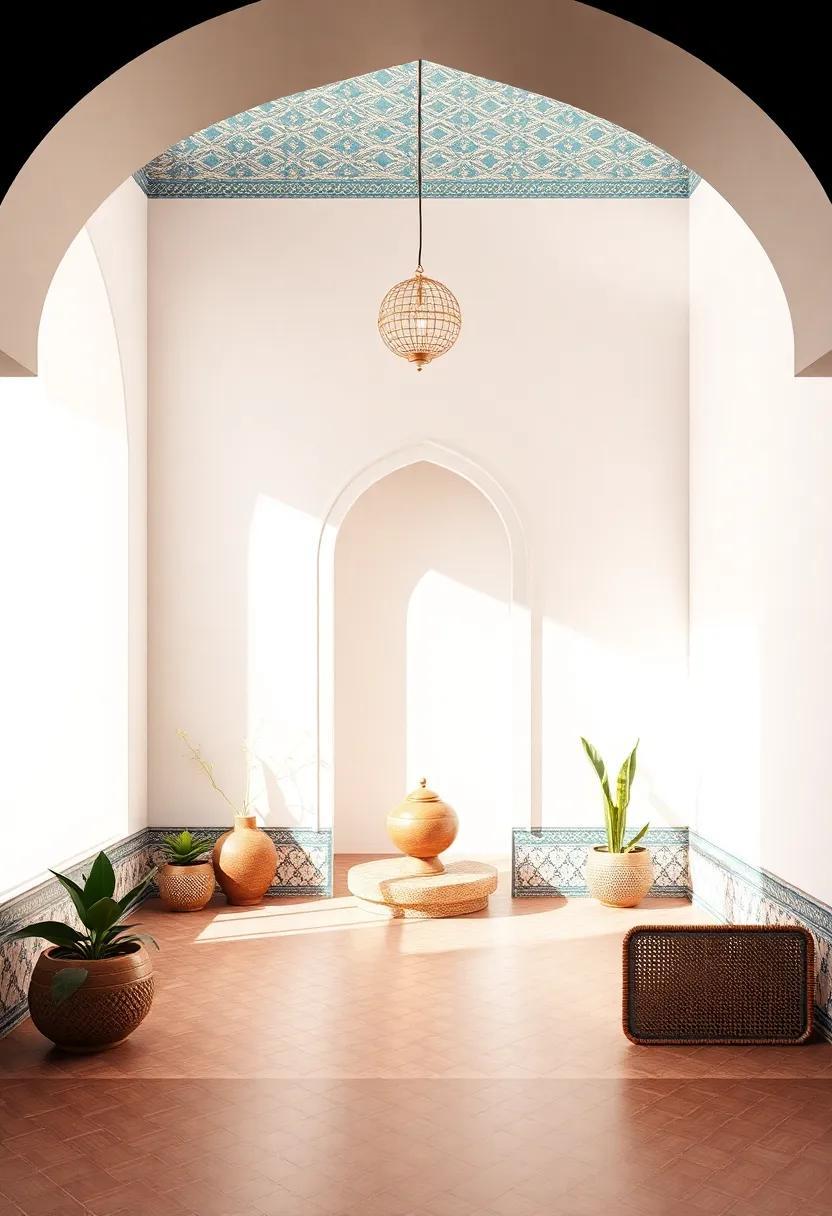
Exploring the Allure of Moroccan-Inspired Designs: A Fusion of Culture and Aesthetics
In a world where design frequently enough reflects the spirit of its origins, few styles inspire as much captivation and admiration as Moroccan-inspired aesthetics. Rich in history and vibrant in color, these designs serve as a testament to Morocco’s cultural tapestry—woven from the threads of Berber, Arab, and Mediterranean influences. With their intricate patterns, bold use of color, and harmonious blend of tradition and modernity, Moroccan designs invite us not just into a room, but into a story—a cultural narrative that transcends time and geography. As we embark on this exploration of Moroccan-inspired interiors and decor, we will uncover how these alluring elements captivate our senses and infuse our spaces with a dynamic sense of place and identity.Join us on this journey as we delve into the aesthetic principles, ancient roots, and contemporary interpretations that define this enchanting style.
The Vibrant Palette of Moroccan Tile Art and Its Cultural Significance
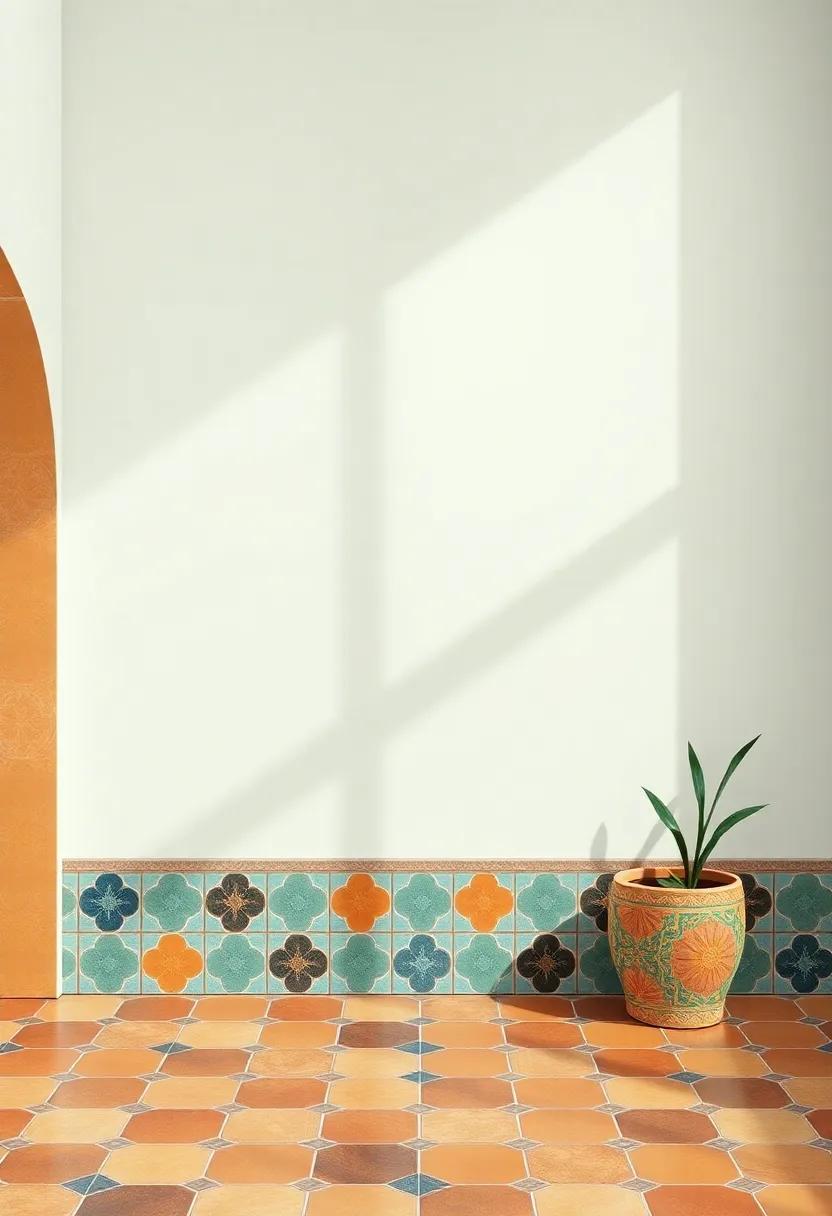
The intricate designs of Moroccan tile art, known as Zellige, capture the eye with their stunning geometric patterns and vibrant colors. These tiles, traditionally handcrafted from clay, showcase a rich history rooted in Islamic art, which emphasizes symmetry and repetition. Each piece is meticulously cut and glazed, resulting in a mosaic that is not just decorative but emblematic of cultural identity. The color palette often includes emerald greens, sapphire blues, deep reds, and golden yellows, reflecting the natural beauty of Morocco’s landscapes and its historical trade influences that brought a spectrum of hues from across the globe.
The significance of these colorful tiles extends beyond aesthetics; they serve as a medium of storytelling and cultural expression. In Moroccan architecture, Zellige is used to adorn mosques, palaces, and homes, symbolizing spiritual harmony and artistic dedication. Their intricate patterns can be categorized in various styles, each telling a unique story. As an example, simple geometric designs might represent unity, while more intricate floral motifs can symbolize nature’s beauty:
| Tile Style | Symbolism |
|---|---|
| Geometric | Unity and Order |
| Floral | Nature and Beauty |
| Calligraphic | Spiritual Wisdom |
As the world embraces the allure of Moroccan-inspired designs, the enduring legacy of Zellige continues to tell tales of craftsmanship, cultural pride, and a timeless connection to heritage, making it a cherished element of both conventional and contemporary aesthetics.
Intricate Geometric Patterns that Define Moroccan architectural Beauty
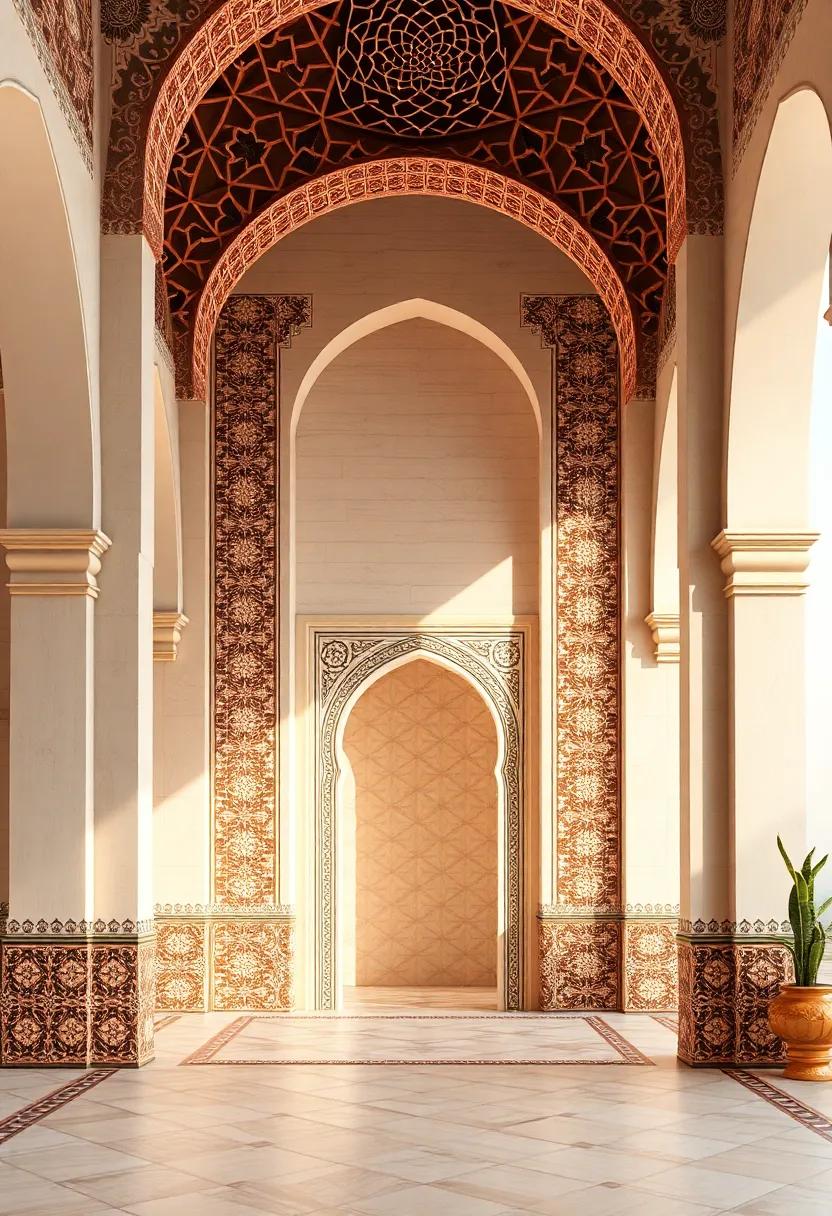
Moroccan architecture is renowned for its intricate geometric patterns, which are a testament to the country’s rich cultural heritage and artistic traditions. These patterns, characterized by repetitive motifs and symmetrical designs, create a sense of harmony and balance that is both aesthetically pleasing and culturally significant.The use of zellige tiles—hand-crafted ceramic tiles that come in various colors and shapes—is a prime example of how these geometric forms bring vibrancy to walls, floors, and fountains. Each tile contributes to a larger composition, often showcasing elaborate star shapes, hexagons, and interlacing designs that tell stories of the past.
the meticulous craftsmanship behind these patterns is evident in both historical and modern interpretations.Architectural elements such as archways, courtyards, and mashrabiya screens prominently feature these designs, merging functionality with artistry. Here are a few key features that highlight their significance:
- Cultural Symbolism: patterns often have specific meanings, reflecting the spiritual beliefs and natural surroundings of the region.
- Mathematical Precision: The designs are rooted in geometry, showcasing an understanding of mathematical principles that was advanced for their time.
- versatile Applications: From grand palaces to humble homes, these patterns can be found in various architectural styles, making them a universal expression of Moroccan beauty.
| Element | Characteristic |
|---|---|
| Zellige Tiles | Colorful ceramic tiles forming intricate patterns |
| Mashrabiya | Decorative wooden screens allowing light and air while maintaining privacy |
| Arches | Curved structures that enhance aesthetic appeal and structural integrity |
Warm Textures and Natural Elements in Moroccan-Style Interiors
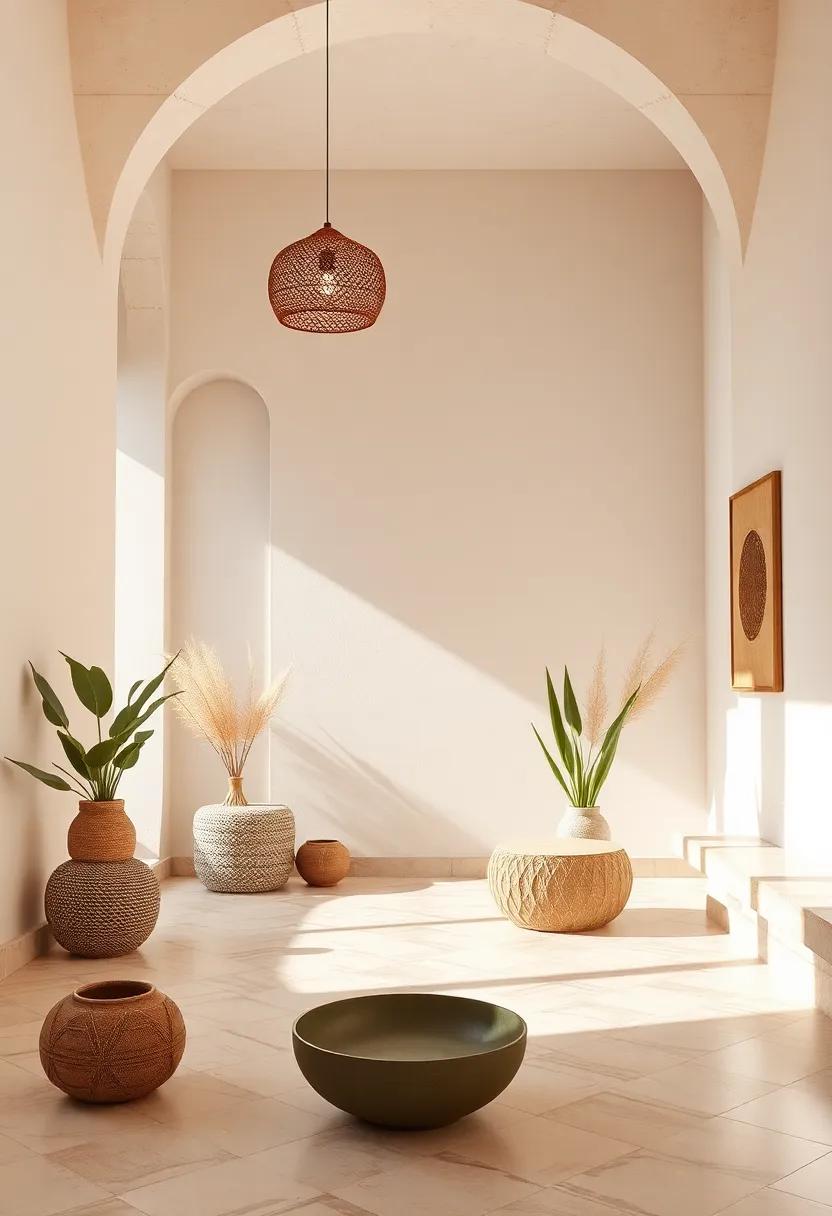
In Moroccan-inspired interiors, the inviting warmth of textures beautifully melds with the natural elements, creating a space that resonates with both history and comfort. The use of plush textiles is paramount; think rich, tapestry-like cushions and handwoven rugs that not only add depth but also echo the intricate patterns of Moroccan culture. Layering is key—mixing various fabrics such as velvet, cotton, and wool provides a tactile experience that invites touch and engagement. Walls draped in earthy tones and adorned with terracotta tiles establish a soothing backdrop, promoting a homey atmosphere that feels both exotic and relaxing.
Natural elements play a crucial role in achieving the desired ambiance.Incorporating wood accents—from carved furniture to decorative beams—adds an organic warmth that softens the bold colors found throughout Moroccan design.Consider integrating indoor plants that flourish in the dappled light; their lush greenery can contrast beautifully against the vibrant hues of the textiles.Additionally, integrating decorative elements such as ornate lanterns and hand-painted ceramics highlights the attention to detail that characterizes Moroccan aesthetics. These features collectively create a harmonious balance, inviting serenity while celebrating a rich cultural heritage.
The Role of Ornate Lanterns in Creating an Ethereal Atmosphere
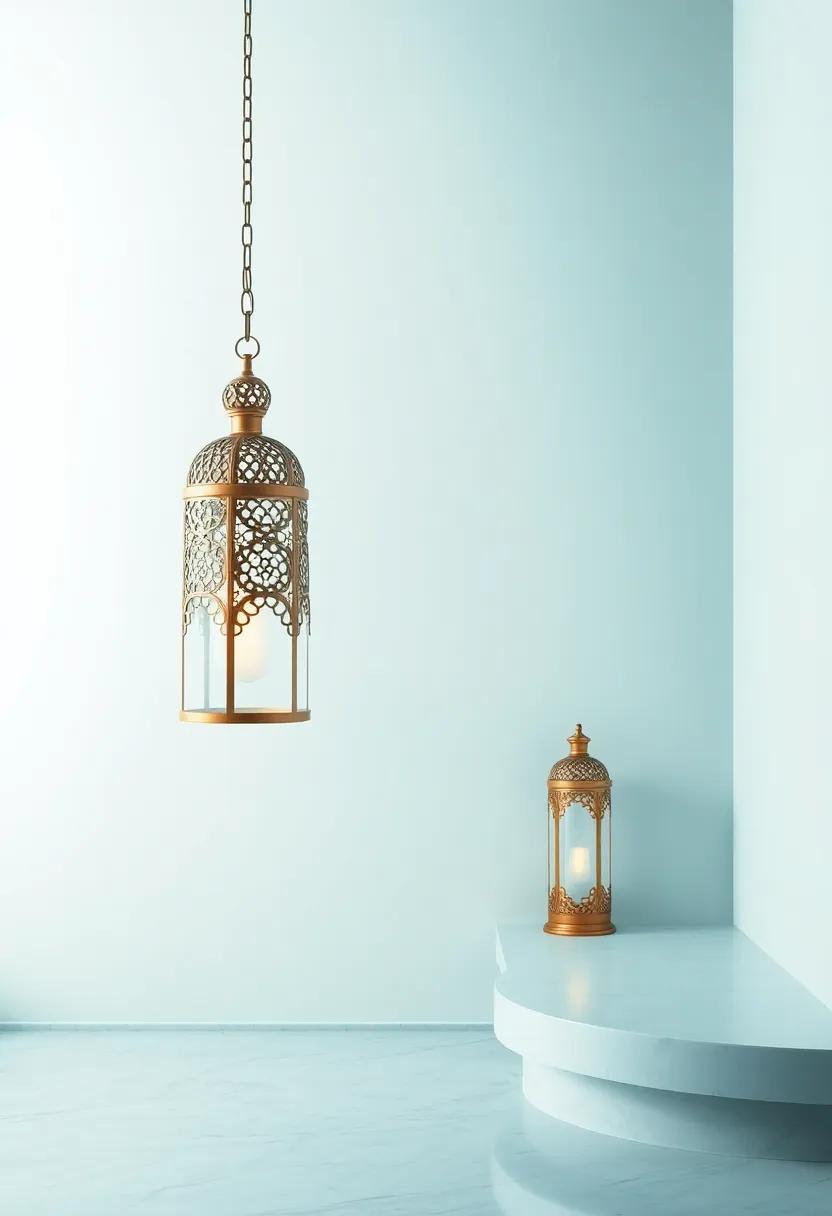
Ornate lanterns serve as more than mere sources of light; they are essential elements that imbue spaces with a sense of magic and enchantment. Crafted from a variety of materials, including intricate metalwork and vibrant glass, these lanterns capture and refract light in mesmerizing ways, casting playful shadows that dance across walls and ceilings. When strategically placed, they can transform any setting—be it an outdoor garden or a cozy indoor nook—into a serene oasis, enveloping the viewer in an ethereal glow. Their design often draws inspiration from centuries-old techniques, reflecting a rich tapestry of artistry that transcends time and culture.
To maximize the atmospheric charm of these fixtures, consider the following elements:
- Color Palette: Choose lanterns in warm tones such as amber, deep red, or teal to enhance the inviting nature of your space.
- Placement: Grouping several lanterns at varying heights can create depth and dimension,adding visual interest.
- Nature Elements: Pair lanterns with lush greenery or natural materials like wood to harmonize with the environment.
In embracing the cultural significance that these lanterns carry, one can also create a dialog between tradition and modernity, weaving a narrative that celebrates both art forms. As they sway gently in the breeze or glow steadily like stars captured in glass,ornate lanterns evoke a sense of nostalgia and wonder,inviting those present to pause and appreciate the beauty of their surroundings.
Handcrafted Furniture: A nod to Traditional Moroccan artistry
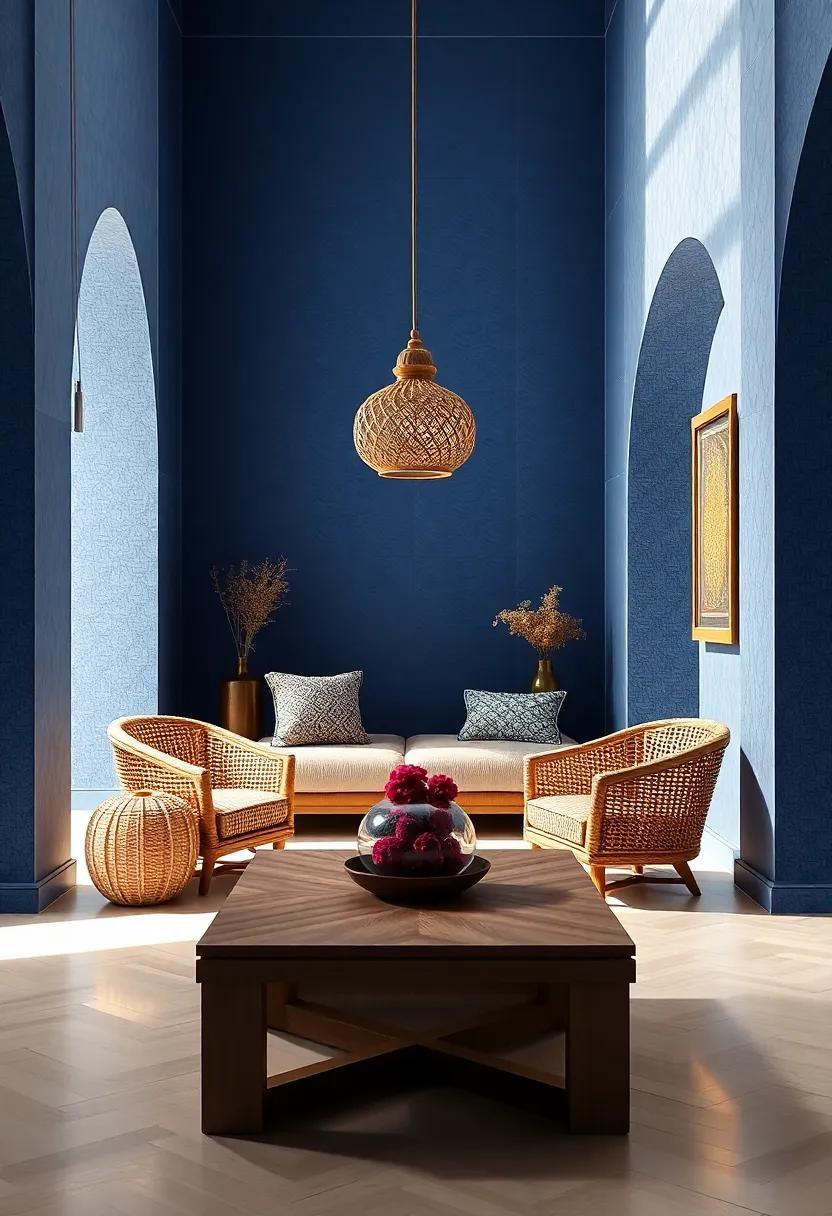
Incorporating handcrafted furniture into your living space provides an authentic connection to Moroccan artistry, where each piece tells a story through its intricate designs and timeless craftsmanship.The artisans of Morocco have perfected the art of woodworking, utilizing traditional techniques passed down through generations. Key features of these distinctive pieces include:
- Intricate Carvings: Each item showcases detailed carvings that often depict floral patterns, geometric shapes, and cultural motifs.
- Vivid Colors: Handcrafted furniture often features vibrant hues, reflecting the rich landscapes and cultural diversity of Morocco.
- Natural Materials: Crafted from high-quality wood, such as cedar or walnut, these pieces are both beautiful and durable.
The appeal of this style extends beyond aesthetics; it’s about embracing a heritage that values artistic expression and functional design. Moroccan handcrafted furniture can complement various interior styles, whether you opt for a rustic bohemian look or a more contemporary aesthetic. Notable pieces often sought after include:
| Furniture Type | Description |
|---|---|
| Side Tables | Perfect for adding a touch of elegance to any seating area. |
| Chests | Combining beauty with storage, ideal for organizing space. |
| Benches | Versatile seating options that enhance communal spaces. |
The Charm of Moorish Arches in Contemporary Design Spaces
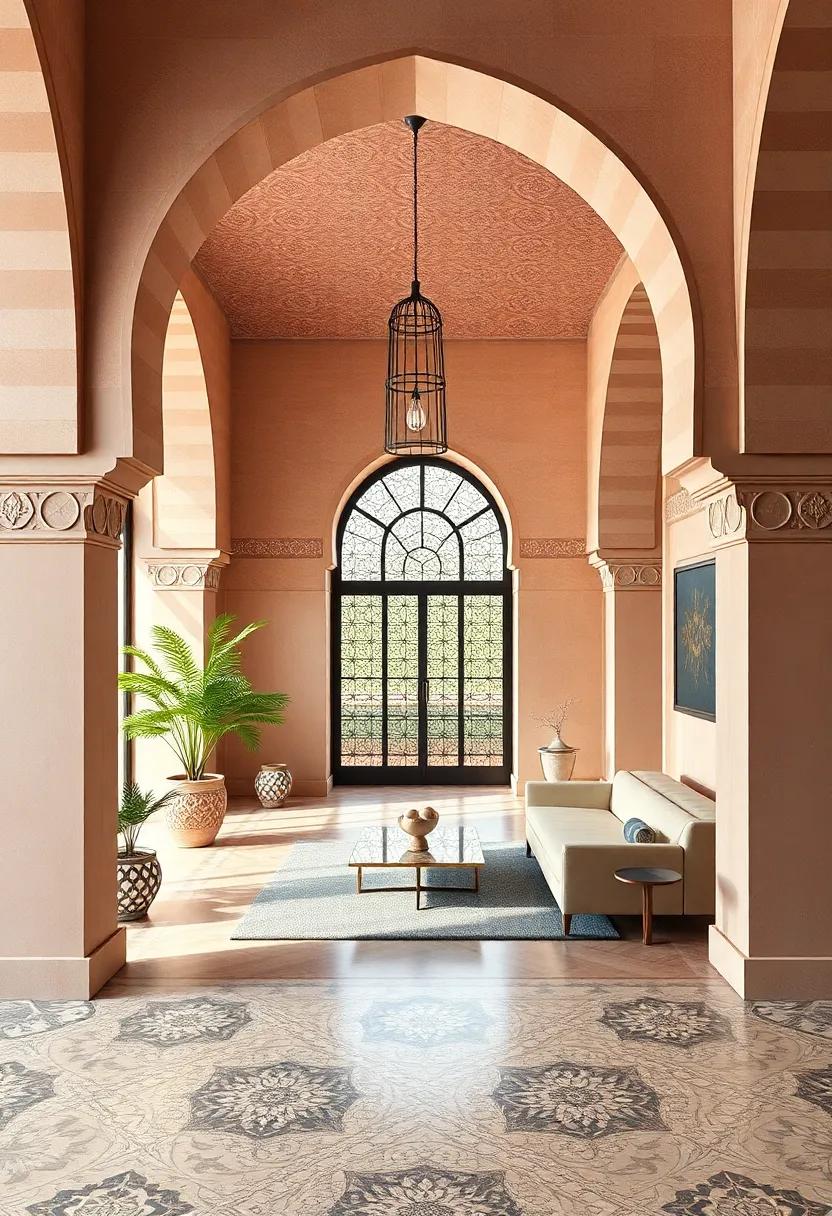
The enchanting Moorish arches, with their elegant curves and intricate designs, breathe life into contemporary spaces, creating an atmosphere that melds history with modernity. These iconic architectural features evoke the essence of Morocco, drawing inspiration from centuries of artistic expression. In today’s design landscape, these arches are celebrated for their ability to transform mundane environments into captivating visual narratives. By incorporating them into spaces, designers not only pay homage to rich cultural traditions but also enhance the aesthetic appeal with a touch of sophistication.
utilizing Moorish arches in contemporary design engages the senses and creates a harmonious flow between various elements of a room. Here are some popular applications:
- Doorways: Framing entrances with Moorish arches invites exploration and intrigue.
- Windows: Arched window designs soften lighting and maximize views, adding a whimsical charm.
- Room Dividers: Integrating arches into partitions can promote openness while providing structure.
- Ceiling features: Arched ceilings create height and drama, inviting creativity in lighting arrangements.
To further illustrate the beauty of Moorish arches in modern design, consider the following table showcasing key characteristics:
| Characteristic | Impact on Design |
|---|---|
| Curved Lines | Introduce softness and fluidity to angular spaces |
| Intricate Patterns | Add visual interest and craftsmanship |
| Symmetry | Create balance and harmony within the design |
Embracing Earthy Tones and Bold Accents in Moroccan spaces
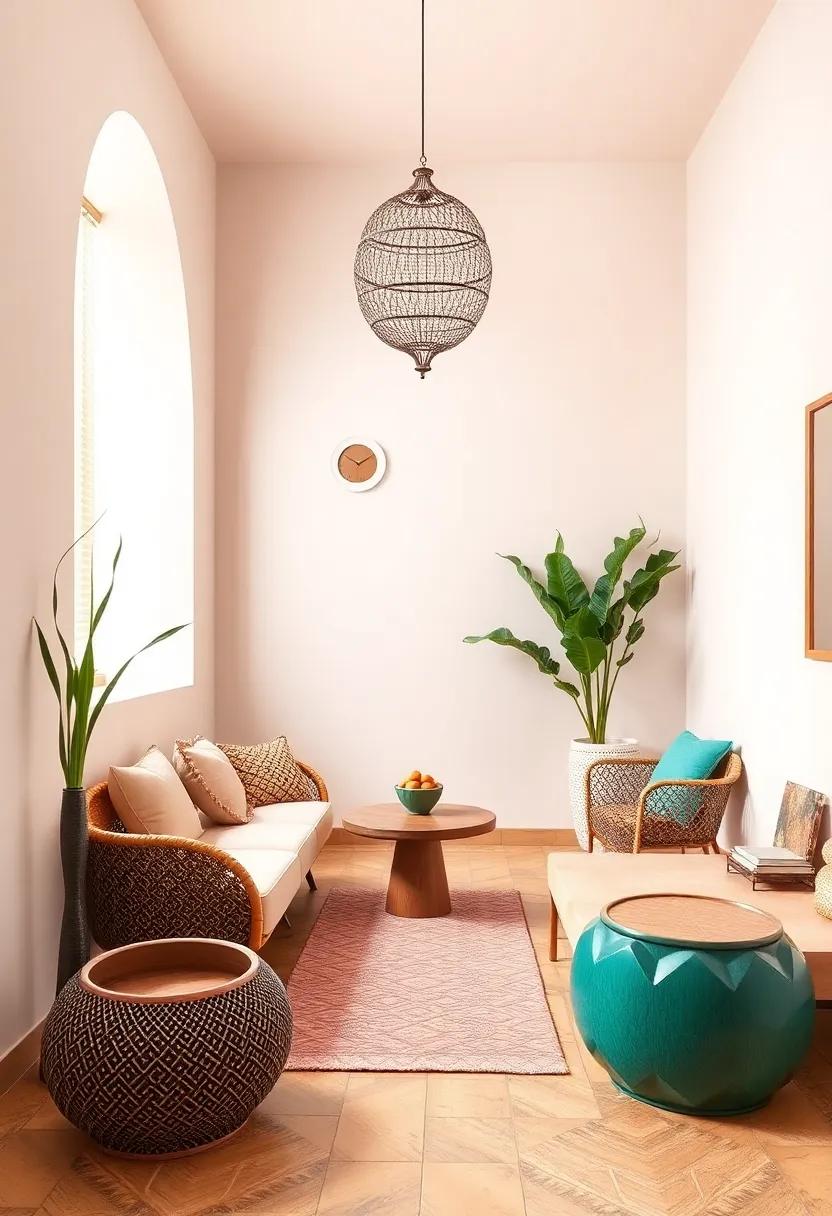
The beauty of Moroccan design shines through its skillful use of earthy tones paired with vibrant, bold accents. These colors reflect the natural landscapes of Morocco—think warm terracotta, deep ochre, and sandy neutrals that form a calming backdrop. Layers of rich textiles and intricate patterns breathe life into the overall aesthetic. Elements like patterned tiles, woven rugs, and handcrafted pottery introduce touches of vivid blues, reds, and greens. By integrating these striking hues, spaces transform into harmonious environments that evoke the essence of Moroccan culture.
In creating a Moroccan-inspired interior, consider incorporating elements such as:
- Textiles: Use shawls, cushions, and throws that feature traditional geometric designs.
- Lighting: Opt for lanterns and lamps that cast intricate shadows, enhancing the warm color palette.
- Furniture: Select low seating arrangements with colorful upholstery to encourage intimate gatherings.
To better understand how these design elements can work together, refer to the table below:
| Element | Color Palette | Impact |
|---|---|---|
| Textiles | Earthy neutrals, Bold Jewel Tones | adds warmth and richness |
| Lighting | Warm Golds, Deep blues | Creates ambience and depth |
| Furniture | Rich Browns, Radiant accents | Encourages social interaction |
fabrics and Textiles: Weaving Stories of Moroccan Heritage
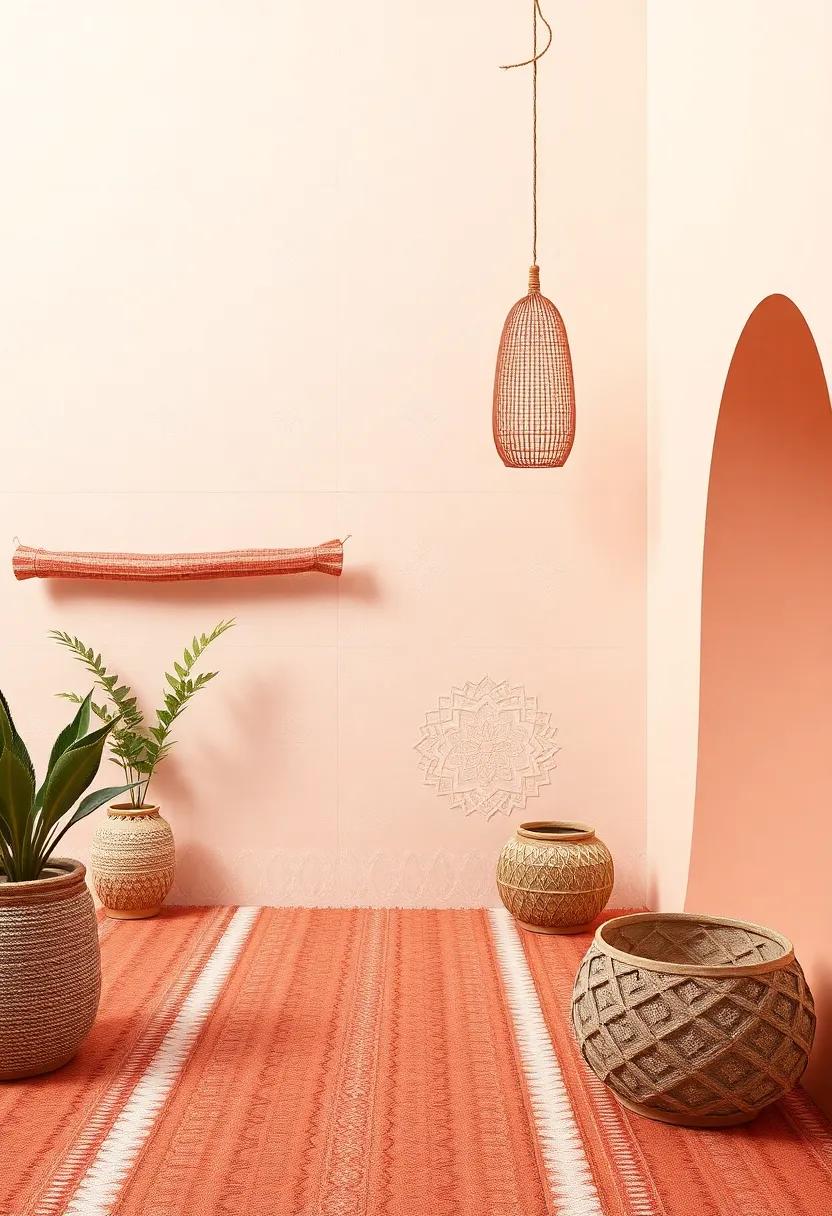
The rich tapestry of Moroccan heritage is woven into the very fabric of its textiles,with each stitch telling a unique story. From the vibrant colors of Berber rugs to the intricate patterns of silk kaftans, Moroccan fabrics serve as a canvas that reflects the country’s diverse cultures and traditions. Artisans employ traditional techniques, such as hand-weaving and natural dyeing, creating textiles that not only showcase aesthetic beauty but also embody centuries of history. The lively hues of ochre, indigo, and saffron resonate with the landscapes of Morocco, inviting admirers to embrace the spirit of the land.
The allure of Moroccan-inspired designs can be felt in various facets of modern decor and fashion, as they cleverly merge functionality with artistry. Elements like geometric motifs, tassels, and fringe add a touch of sophistication and playfulness, making them highly sought after in contemporary design.popular textures found in Moroccan textiles include:
- Wool – Known for its warmth and durability, ideal for rugs and blankets.
- Cotton - Lightweight and breathable, perfect for upholstery and summer clothing.
- Silk – Luxurious and smooth, frequently enough used in evening wear and accessories.
Elegant Rugs and carpets that Bring warmth to Moroccan-Inspired Rooms
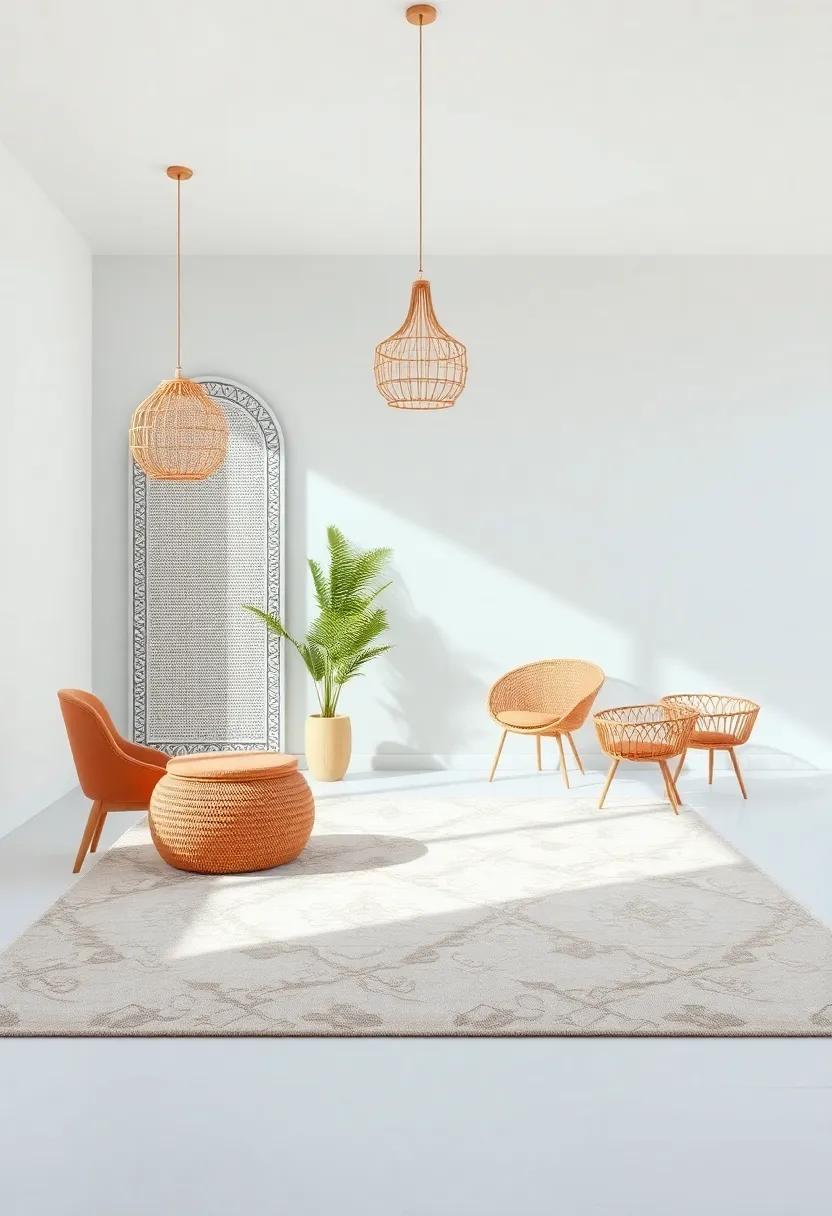
In the heart of a Moroccan-inspired room, elegant rugs and carpets serve as more than just decorative elements; they are the essence that weaves warmth and depth into the space. Crafted from luxurious natural fibers and adorned with intricate patterns, these textiles embody the richness of Moroccan aesthetics while inviting comfort.A carefully chosen rug can transform the atmosphere of your room, providing a cozy foundation that enhances both style and functionality. Consider incorporating pieces that feature bold geometric designs or soft, organic motifs to capture that authentic, vibrant spirit of Moroccan culture.
To truly accentuate the allure of your moroccan-inspired decor, select rugs that boast a diverse color palette reflecting the stunning landscapes of morocco. Opt for traditional hues such as rich terracottas, deep indigos, or bright jewel tones, which perfectly complement the earthy and cultural elements of the room. Here are a few ideas to incorporate these beautiful textiles:
- Layered Textures: Combine a plush area rug with accent mats to create depth and visual interest.
- Zone Definition: Use rugs to define different areas within an open space, such as a reading nook or a dining area.
- Cultural Fusion: Pair at least one bold, traditional Moroccan rug with contemporary furnishings for a striking contrast.
| Rug Style | Key Features | Ideal Colors |
|---|---|---|
| Berber | Handwoven with geometric patterns | Ivory, black, earthy tones |
| Azilal | Bright colors and abstract designs | pastels, vivid jewel tones |
| Kilims | Flat-weave, intricate motifs | Rustic reds, deep blues |
Layering Colors and textures for a Cozily Luxurious look
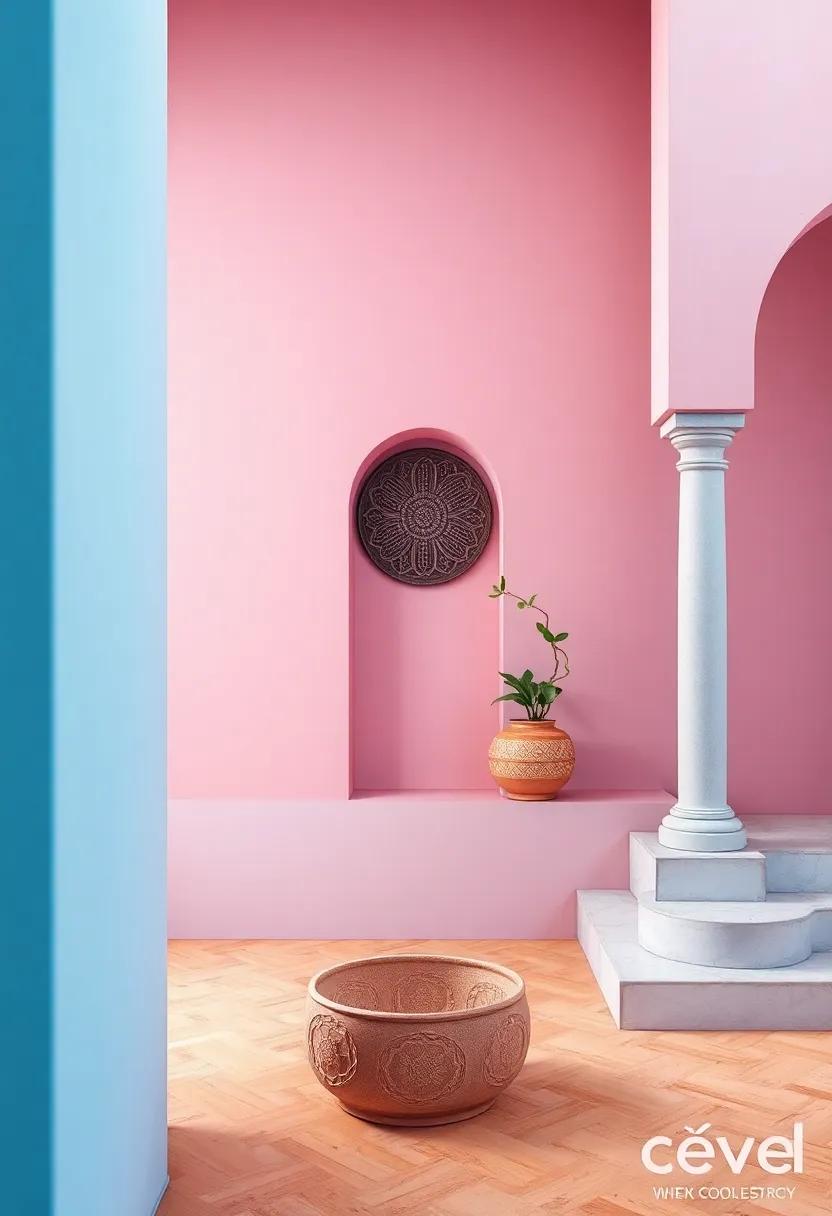
To create a space that exudes warmth and sophistication, blending rich colors with varied textures is essential.The essence of Moroccan-inspired designs lies in their vibrant color palette, often featuring deep hues such as golden ochre, emerald green, and majestic indigo. When layering these colors, consider using bold wall paints or textured wallpapers as a backdrop, which provide depth and richness.Accentuate these bold choices with softer elements like plush textiles and intricate patterns in your fabrics. Think about incorporating:
- Silk or velvet throw pillows in jewel tones for a luxurious feel
- Woven rugs with ethnic prints for a tactile contrast
- handcrafted ceramics to add artisanal charm
Moreover, the interplay of light is crucial in achieving a cozy ambiance. Layer your lighting using ornate lanterns and soft, ambient fixtures to create an inviting atmosphere. To elevate the room’s look, consider incorporating stunning decorative screens or wooden lattice panels, which not only provide visual interest but also cast beautiful shadows when illuminated.This strategic layering of textures and colors can transform your living space into a serene retreat.Incorporate the following table as a guide to color and texture pairings:
| Color | Texture | Style Element |
|---|---|---|
| Deep Red | Silk | Pillows |
| Turquoise | Wool | Rug |
| Mustard Yellow | Cotton | Throws |
Outdoor Spaces that Capture the Essence of Moroccan Living
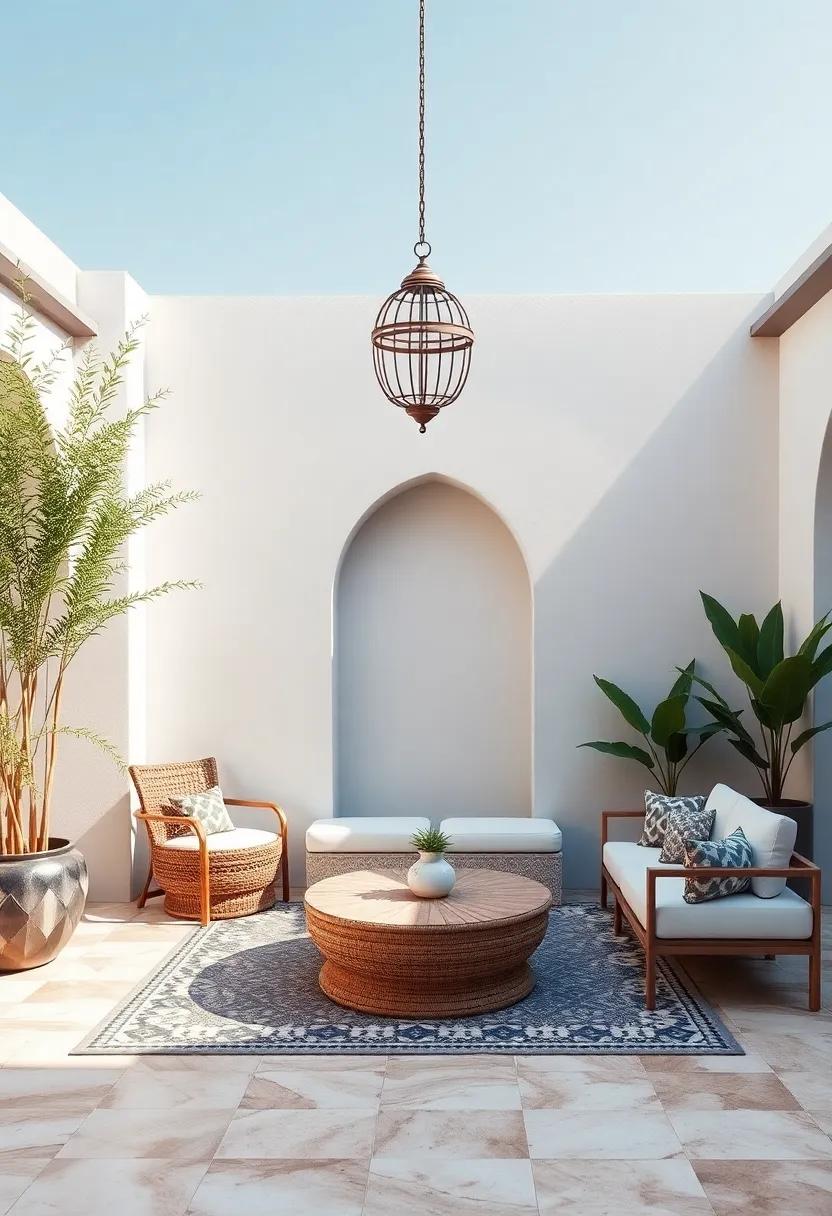
Embracing the vibrant spirit of Morocco in outdoor spaces is about intertwining architectural elements with nature, creating a harmonious retreat that resonates with the senses. Terraces and patios adorned with intricate tile work, especially in vibrant blues and earthy tones, serve as the canvas for outdoor living. The use of low seating options, such as poufs and cushions, invites relaxation and encourages social interactions, essential components of Moroccan culture. Moreover, the incorporation of lush green plants and fragrant flowers not only beautifies these areas but also enhances the sensory experience, filling the air with delightful perfumes that transport you to a traditional Moroccan souk.
The open-air feel can be further enhanced by adding canopies or shaded pergolas, often draped with sheer fabrics that wave softly in the breeze. These structures create intimate nooks for conversation while protecting from the sun’s harsh rays. Additionally, fire pits or wood-burning stoves offer warmth and coziness, extending the outdoor experience into the evening. To encapsulate the essence of Moroccan living, consider using a mix of contrasting textures and materials—metal lanterns, clay pots, and woven baskets—creating layers that tell a story while inviting guests to revel in the warmth of Moroccan hospitality.
The Language of Ceramics: Celebrating Moroccan Craftsmanship
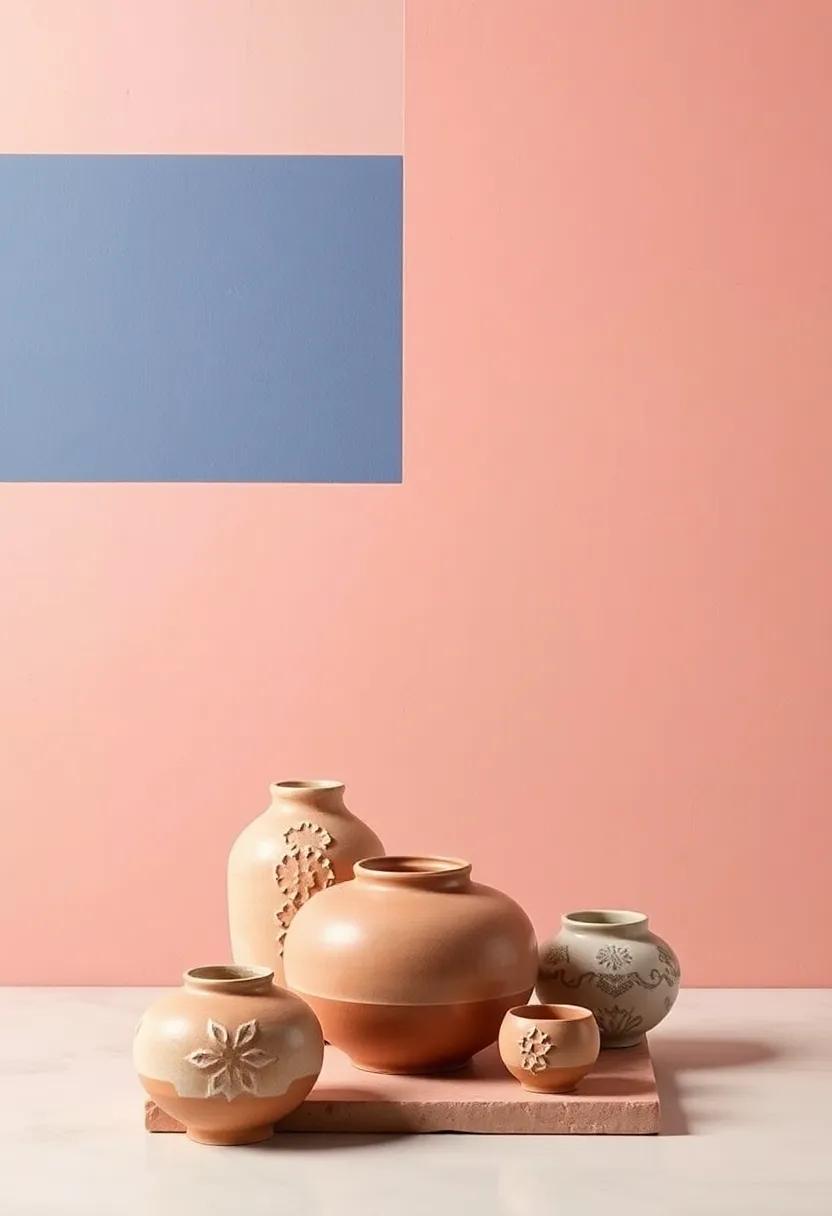
Steeped in history and bursting with vibrant colors, Moroccan ceramics are a profound representation of the country’s rich cultural heritage. Each piece tells a story, merging traditional techniques with imaginative designs that have evolved over centuries.Local artisans,frequently enough working in family-run workshops,take pride in employing *time-honored methods,* such as hand-painting and glazing. This dedication to craftsmanship results in unique, one-of-a-kind creations that reflect the essence of Moroccan life and artistry:
- Intricate Tile work: Known as zellige, these geometric mosaics adorn everything from floors to fountains, creating mesmerizing patterns.
- Vibrant Glazes: The use of deep blues, rich reds, and earthy greens creates striking contrasts that illuminate each ceramic piece.
- Functional Art: Everyday items, such as tagines and dishware, showcase both utility and beauty, blending seamlessly into modern homes.
Moreover, the dialogue between ancient techniques and contemporary design is evident in the innovative adaptations of Moroccan ceramic motifs. Many artists draw inspiration from the rich landscapes and architectural marvels of Morocco, translating them into a visual language that resonates globally. Each item becomes a canvas for expression, embodying *collaboration and reinvention* that speaks to the modern aesthetic while honoring tradition. Here’s a closer look at how these elements integrate into today’s design sphere:
| Element | Influence |
|---|---|
| Color Palette | Inspired by the Moroccan landscape |
| Patterns | Geometric and floral motifs reflecting nature |
| Material | Utilizing locally-sourced clay and natural pigments |
Bringing Nature Indoors with Lush Plants and Moroccan Influence
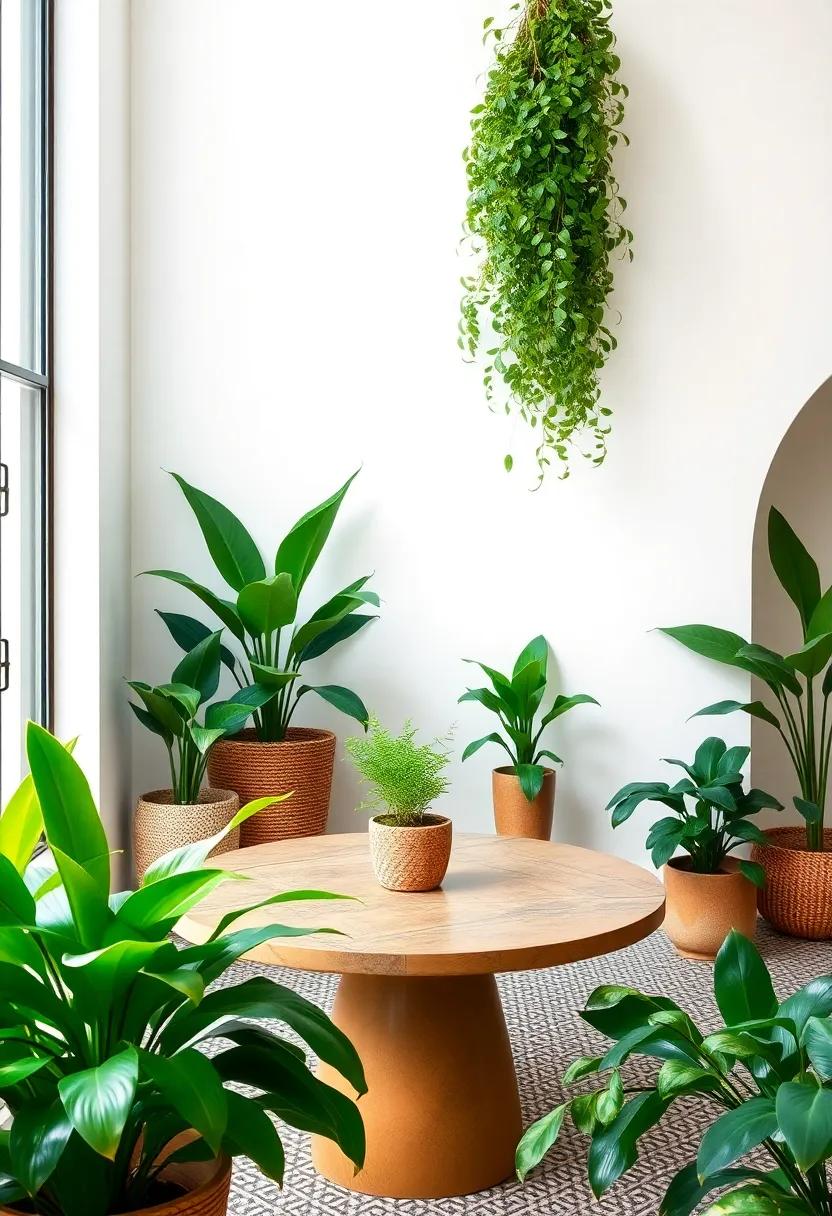
transform your living space into a serene oasis by embracing the enchanting blend of lush plants and Moroccan design. The vibrant colors and intricate patterns of Moroccan aesthetics beautifully complement the rich greens of indoor foliage, creating a nurturing environment. Consider incorporating plants such as Fiddle leaf Fig, pothos, or snake Plant to enhance air quality while adding visual appeal. Utilizing decorative pots with traditional Moroccan motifs can further unify the design, creating an exquisite harmony between nature and culture.
Establishing a connection to the outdoors can be achieved through thoughtful arrangements in your home. Here are some ideas to consider:
- Hanging Gardens: use macramé hangers for trailing plants like String of Hearts or English Ivy, adding vertical interest to your decor.
- Terracotta Accents: choose terracotta pots that echo moroccan tile colors to house your greenery, promoting earthy tones that reflect natural beauty.
- Cozy Corners: Create a reading nook with a plush rug and cushions, surrounded by an array of potted plants, enveloping the space in tranquility.
Cultural Symbolism in Decorative Elements Across Moroccan designs
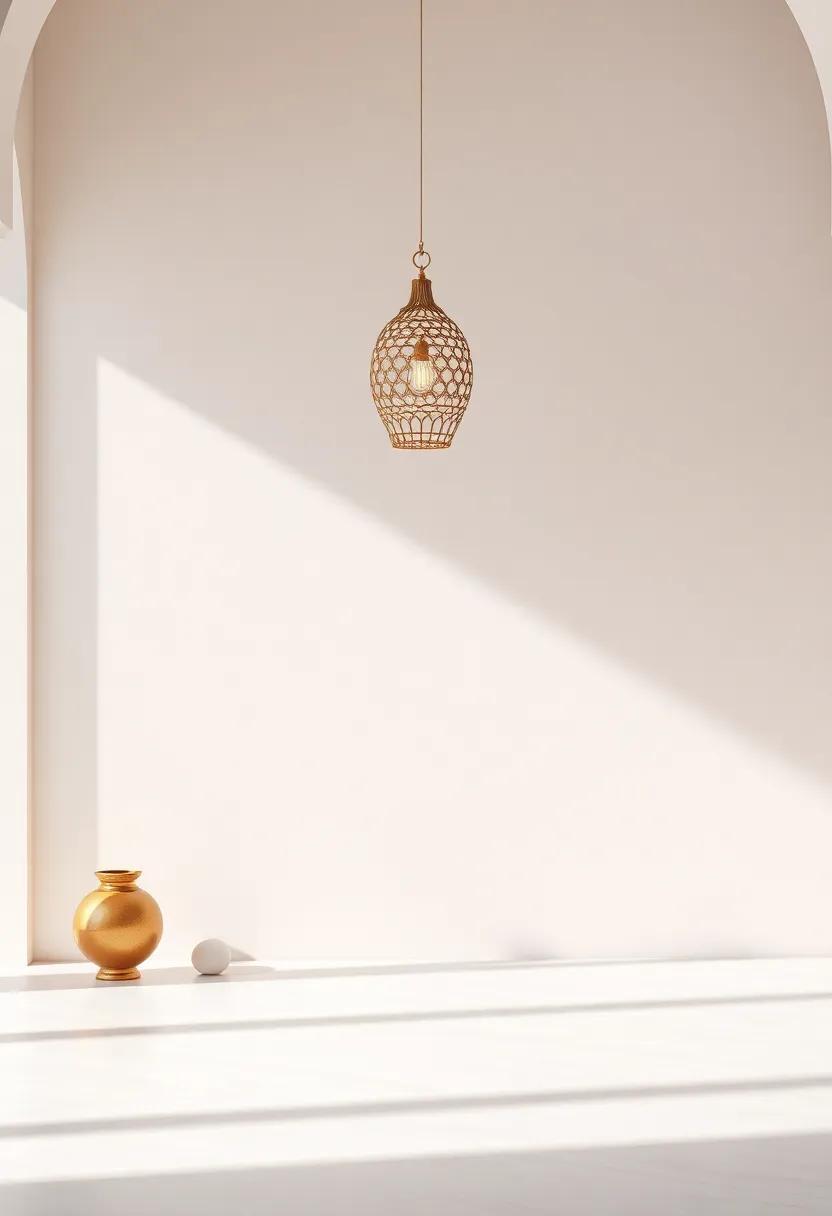
The intricate world of Moroccan design is infused with a wealth of cultural symbolism that extends beyond mere decoration. Each element, from tile patterns to carved wooden screens, carries significant historical and spiritual meaning. As a notable example, geometric shapes frequently enough symbolize the infinite nature of the universe, while floral motifs celebrate life and growth.These motifs not only enhance the aesthetic appeal of a space but also invite contemplation and connection to the deeper stories of the Moroccan heritage.
Moreover, the use of color in Moroccan decor serves as a visual language that communicates various emotions and beliefs. rich hues like jade green and sun-kissed yellow evoke feelings of prosperity and happiness, while deeper tones, such as indigo and crimson, can reflect spirituality and mystery.To appreciate this craftsmanship, one may encounter a variety of decorative elements, such as:
- Zellige tiles: Intricately patterned mosaic tiles that tell stories of the region’s artisanal history.
- Lanterns: Filigreed designs that create enchanting light patterns, serving both functional and aesthetic purposes.
- Rugs: Hand-woven with symbols representing family heritage and geographical origins.
Creating an Inviting Hearth with Moroccan-Inspired Fireplaces

Transforming a space with the warmth of a fireplace can be a delightful experience, especially when it draws upon the rich heritage of Moroccan design. These fireplaces often showcase intricate tile work and vibrant colors that add depth and personality to any room. Moroccan-inspired fireplaces effortlessly become the focal point of a living area,inviting guests to gather around the flames while appreciating the artistry surrounding them. Key elements include:
- Zellige Tiles: Handcrafted tiles that infuse color and geometric complexity.
- Stucco Work: Exquisitely sculpted plaster that creates a textured backdrop.
- Arched Designs: Showcase traditional shapes that evoke a sense of history and craftsmanship.
Incorporating these design elements requires careful consideration of your existing decor to ensure a harmonious blend. While the fireplace stands as a centerpiece, the integration of textiles, lighting, and furnishings will enhance the hearth’s inviting atmosphere. Consider layering your design with:
- Warm Throws: Add comfort and softness.
- Lanterns: Introduce low ambient lighting that complements the dancing flames.
- Spices and Fragrance: Incorporate scented candles or diffusers with notes of cinnamon and orange for an evocative sensory experience.
The Allure of Souks: Infusing Market Finds into Home Decor
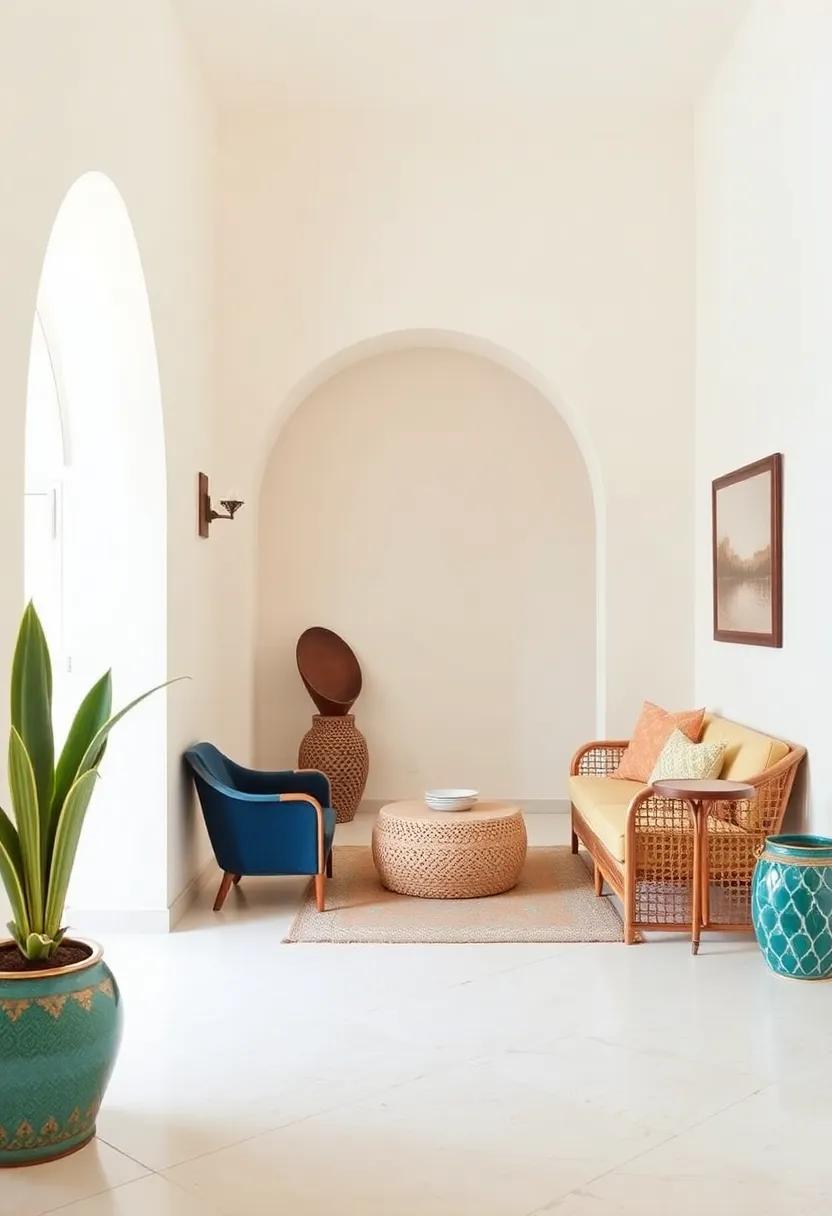
The vibrant atmosphere of a souk, filled with the intoxicating scents of spices and the rhythmic sound of artisan craftsmanship, brings forth a unique opportunity to enrich your home decor with genuine treasures. Each piece found within these bustling markets tells a story,reflecting the rich tapestry of Moroccan culture. Incorporating items such as handwoven rugs, ceramic tiles, and intricately designed lanterns can transform a mundane space into a captivating sanctuary. These elements blend beautifully with contemporary aesthetics, allowing for a harmonious marriage of old-world charm and modern sophistication.
Adorning your home with authentic market finds not only elevates your decor but also provides a tangible connection to the culture that inspired them. Consider adding the following elements to enhance your living space:
- Moroccan poufs – Versatile and stylish, perfect for seating or as footrests.
- Handcrafted mirrors – Each with unique detailing, creating stunning focal points.
- Colorful textiles – From cushions to drapes, these can energize any room.
- Vintage lamps - Infusing a warm glow with artistic flair.
| Item | Function | Visual Impact |
|---|---|---|
| Moroccan Lantern | Lighting | Enchanting ambiance |
| Berber Rug | Floor decor | Cozy texture |
| Terracotta Pot | Plant holder | Natural elegance |
Sustainable Design Practices Inspired by Moroccan Resourcefulness
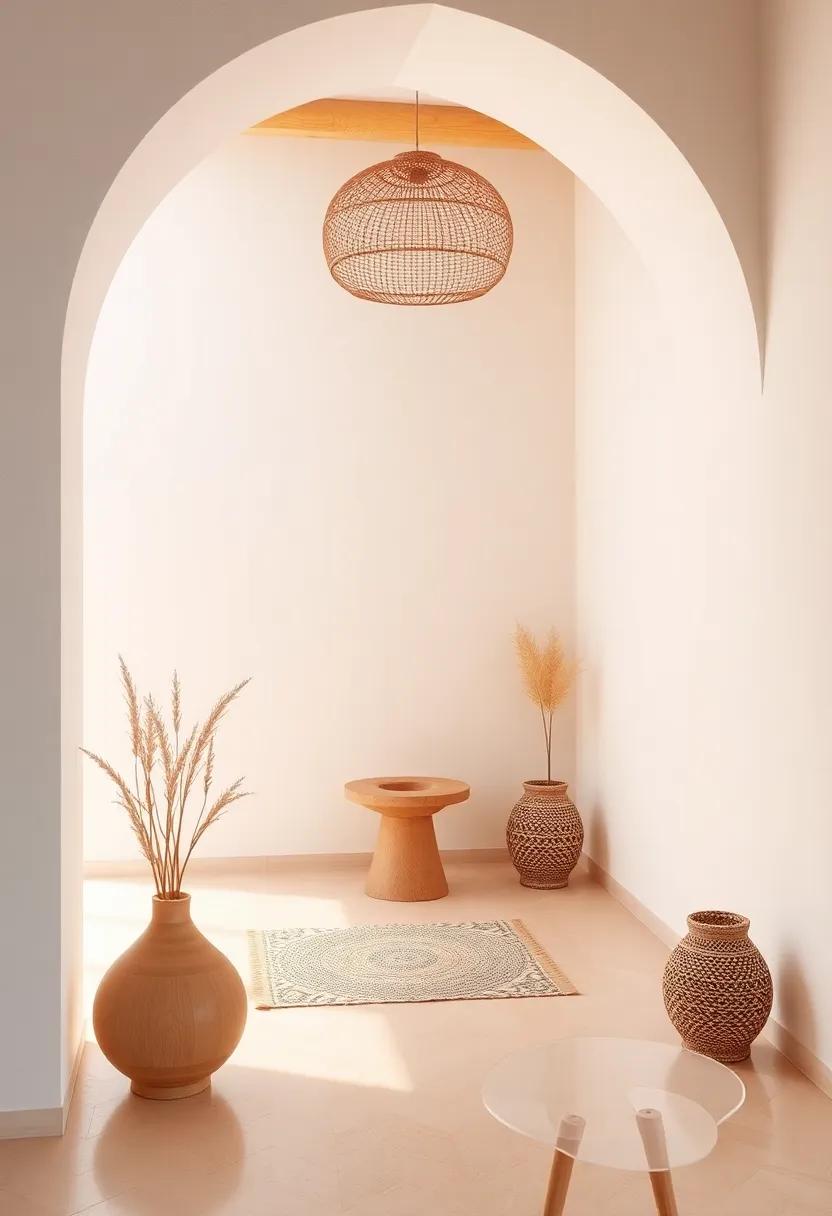
Moroccan culture embodies a rich tapestry of traditions that have always emphasized resourcefulness, notably in design. Each aspect of Moroccan aesthetics is imbued with sustainable practices that prioritize reuse and repurposing materials. As a notable example, furniture crafted from reclaimed wood not only tells a story of its past but also reduces the demand for new resources. key practices that resonate with sustainability include:
- Upcycling: Transforming discarded items into functional decor.
- Natural materials: Utilizing clay, stone, and textiles sourced locally.
- Bioclimatic principles: Designing structures that naturally regulate temperature and light.
Embracing these principles can led to striking interior designs that reflect a deep connection to tradition while supporting environmental stewardship. Artisan crafts such as handwoven rugs or ceramic tiles not only enhance aesthetic appeal but also promote local economies through fair trade practices. Furthermore, inserting Moroccan motifs into contemporary spaces encourages a blend of old and new, creating a harmonious balance. Below is a brief comparison of traditional and modern sustainable practices:
| Traditional Practices | Modern Adaptations |
|---|---|
| Handmade pottery | 3D-printed tableware using recycled materials |
| Rug weaving from natural fibers | Recycled plastic thread rugs |
| Adobe building methods | Eco-amiable insulation materials |
Merging Traditional Moroccan elements with Modern Minimalism
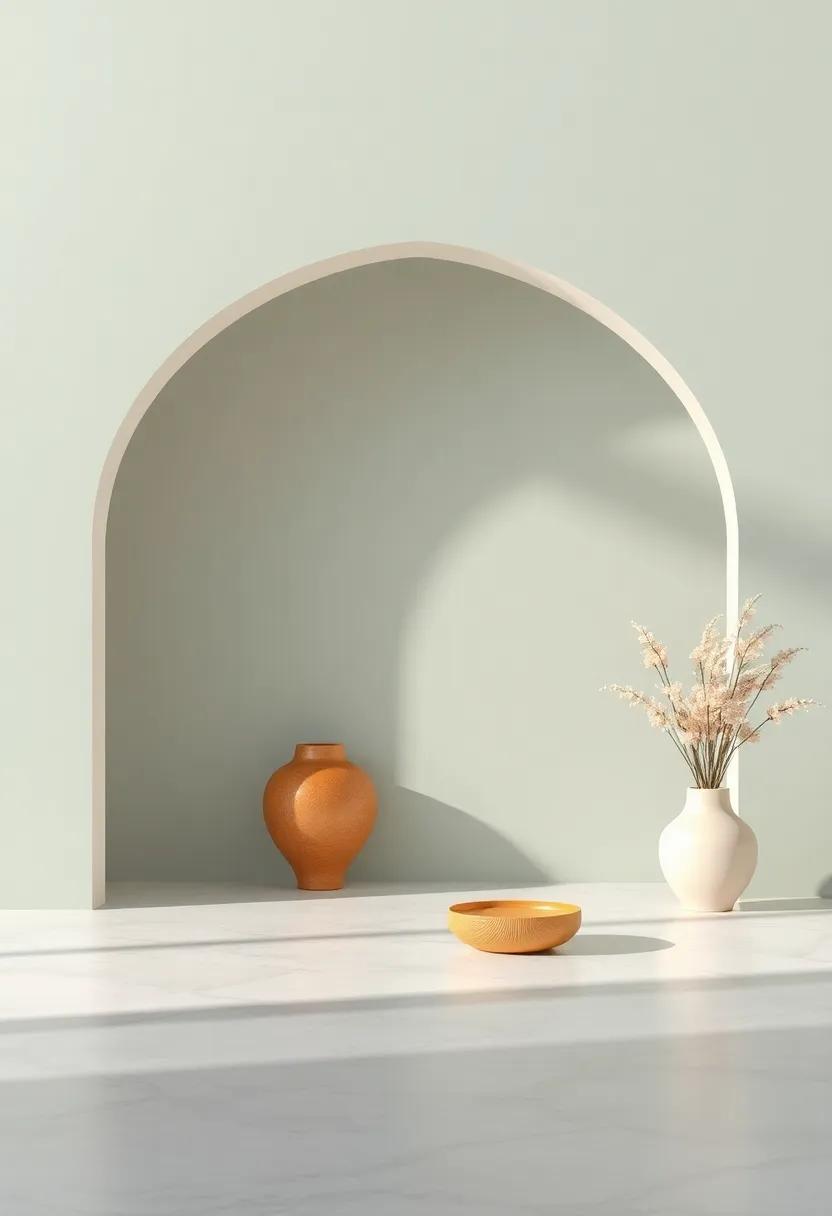
The fusion of traditional Moroccan design elements with modern minimalism creates a unique aesthetic that captivates the senses. At the heart of this blend lies the intricate detailing of Moroccan artistry, characterized by vibrant colors, ornate patterns, and handcrafted materials. By incorporating these traditional elements into a minimalist framework, the extravagant becomes elegantly understated. This approach allows the striking beauty of Moroccan motifs—whether in tile work, textiles, or ceramics—to be appreciated without overwhelming the senses. Key aspects include:
- Subtle Color Palettes: Using muted tones of rich blues, terracottas, and subtle whites to evoke Moroccan vibes while maintaining a clean aesthetic.
- Streamlined Furniture: Selecting pieces that feature intricate carvings or inlays but with simple, geometric forms that fit seamlessly into modern spaces.
- Natural Textures: Combining smooth surfaces with handcrafted textures, like woven rugs and clay pots, to add depth in a minimalist context.
To further illustrate this harmonious blend, consider the use of geometric patterns common in Moroccan design. In a minimalist setting, these patterns can be elegantly showcased through feature walls or as part of art installations that draw the eye without creating visual clutter. Below is a simple table summarizing elements that enhance this design philosophy:
| Element | Details |
|---|---|
| Color | Muted pastels combined with rich earthy tones. |
| Patterns | geometric designs that convey cultural significance. |
| Materials | Mixing natural elements, like wood and ceramics, with sleek metals. |
Luxurious Bathrooms Inspired by Moroccan Spa Culture
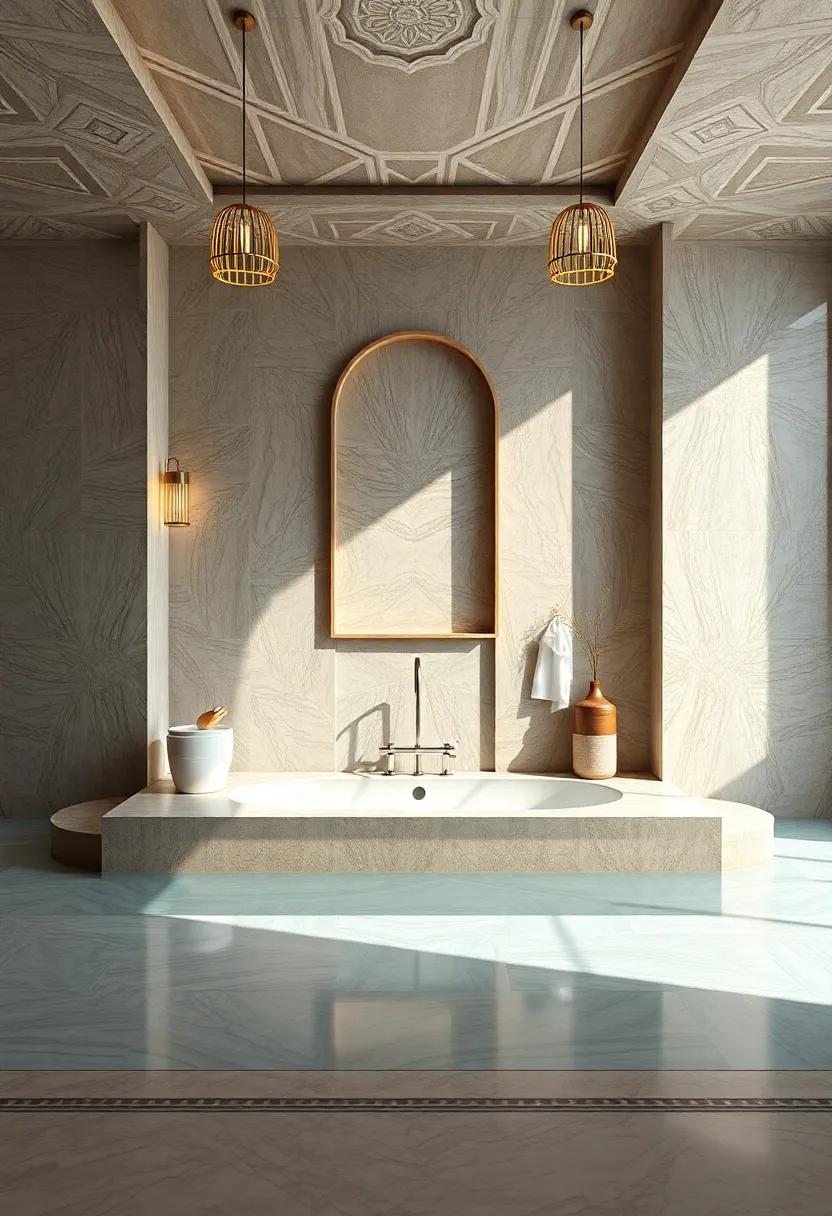
Embrace the tranquility and elegance of a Moroccan spa with bathroom designs that evoke a sense of serene indulgence. The luxurious atmosphere is achieved through the careful integration of vibrant colors, intricate patterns, and sumptuous materials. Elements such as hand-painted tiles in deep blues, rich golds, and warm earth tones add visual interest, while ornate fixtures crafted from brass or wrought iron enhance the overall aesthetic. This unique combination not only creates a captivating focal point but also encourages a calming retreat from the hustle and bustle of daily life.
To further capture the essence of Moroccan culture, consider incorporating natural elements like marble or stone bath surfaces, paired with soft textiles such as richly textured rugs and elegant drapes. Accessories play a crucial role in finishing the look; think colorful poufs,intricately designed lanterns,and lush greenery that breathe life into the space. Creating a spa-like ambiance can be as simple as adding scented candles or an aromatic diffuser to remind you of traditional hammams. below is a glimpse into essential features that define a moroccan-inspired bathroom:
| Feature | Description |
|---|---|
| Tilework | Vibrant, hand-painted ceramic tiles that showcase intricate geometric patterns. |
| Lighting | Soft, ambient lighting through lanterns or sconces to create a warm glow. |
| Color Palette | Rich,earthy tones combined with jewel hues for a luxurious feel. |
| Textiles | Soft fabrics like silk or embroidered cotton to add layers of comfort. |
exploring Lighting Techniques to Enhance Moroccan-Inspired Designs
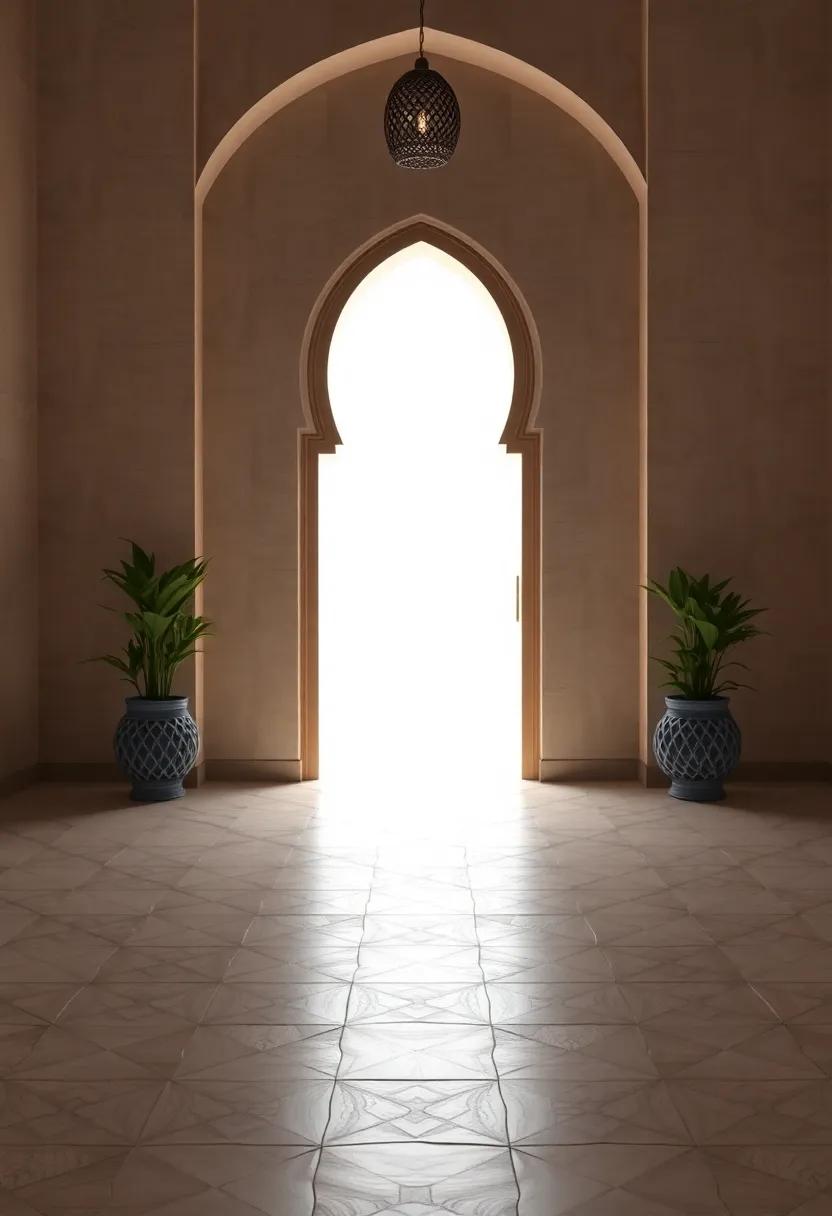
Lighting plays a pivotal role in bringing Moroccan-inspired designs to life, illuminating intricate patterns and vibrant colors that characterize this rich aesthetic. To achieve an enchanting atmosphere, consider using multi-layered lighting that combines ambient, task, and accent lighting. Traditional lanterns made from wrought iron or colored glass can cast mesmerizing shadows and reflect the opulence of Moroccan culture. Additionally, strategically placed LED strip lights can enhance architectural details, such as arches or mosaic tiles, creating a stunning visual effect that captivates the senses.
Experimenting with different light sources can create a balance between modernity and tradition. Utilize table lamps with ornate bases and fabrics to evoke a sense of timelessness, while pendant lights with geometric shapes can add a contemporary twist.Incorporating dimmer switches allows for versatility, letting you adjust the mood from vibrant and lively to soft and tranquil. Here’s a quick reference for selecting the right luminaries:
| Light Source | Effect |
|---|---|
| Traditional Lanterns | Creates warm, inviting shadows |
| LED Strip Lights | Highlight architectural features |
| Pendant Lights | Add contemporary flair |
| Table Lamps | Introduce intimacy and warmth |
To Conclude
As we conclude our journey through the mesmerizing world of Moroccan-inspired designs, it’s clear that this aesthetic is more than just a visual feast; it embodies a rich tapestry of culture, history, and artistry. From the intricate tilework that tells stories of centuries past to the vibrant palettes that echo the hues of the Moroccan landscape,these designs invite us to indulge in a sensory experience that transcends borders.Whether you’re seeking to infuse your living space with warmth and vibrancy or aspiring to appreciate the depth of cultural fusion, Moroccan aesthetics offer something for everyone. As we embrace these inspirations in our own lives, let us do so with respect for the traditions behind them and a willingness to explore the endless possibilities they present. In a world increasingly defined by global interconnectivity, the allure of Moroccan design serves as a reminder that beauty is best when shared—a harmonious blend of influences that enriches our lives and spaces.
As an Amazon Associate I earn from qualifying purchases.
